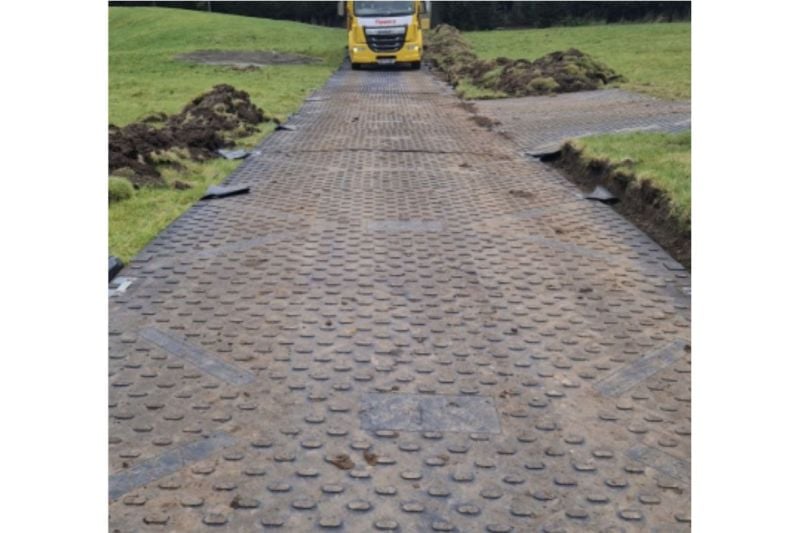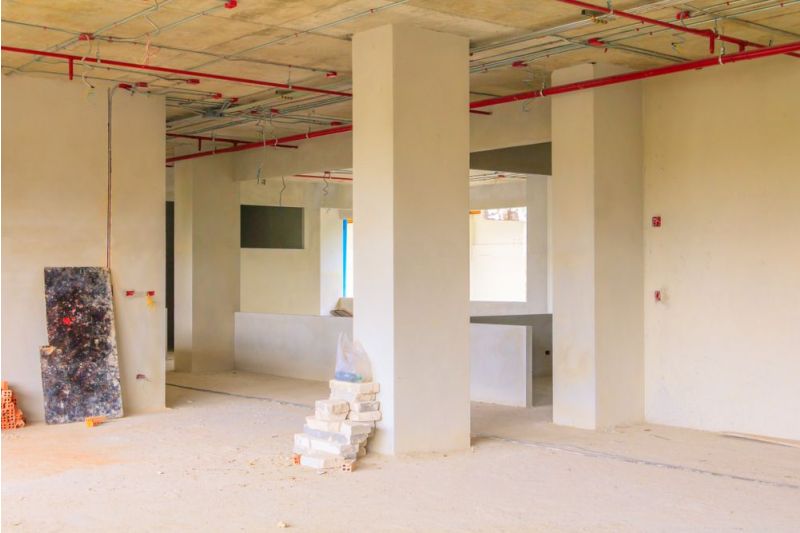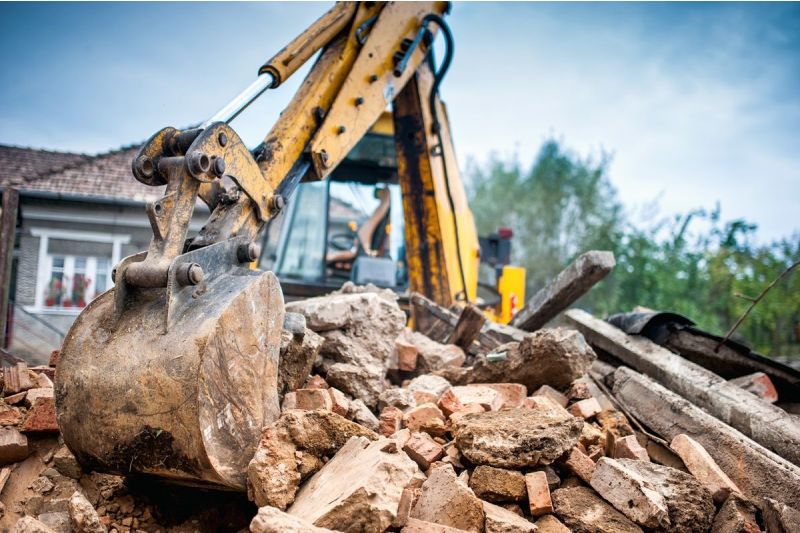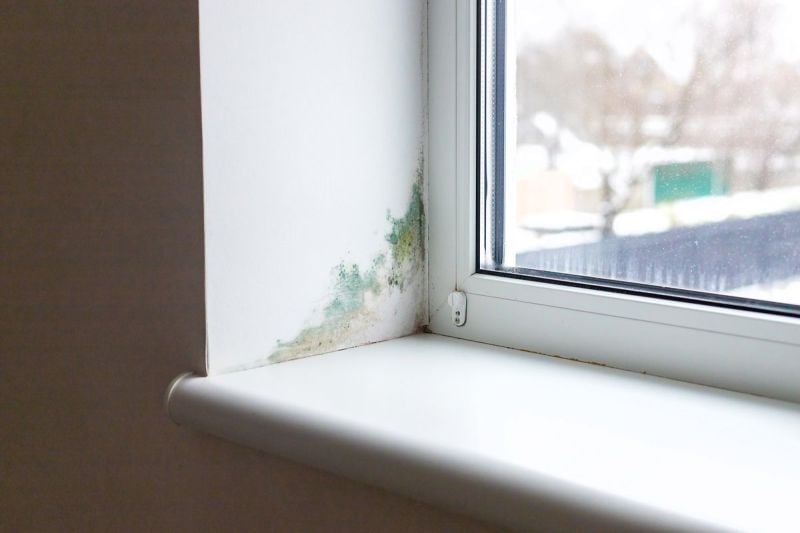In the UK, the law states that you must keep every part of your construction site clean and in good order, which means managing construction waste is crucial for builders.
Any construction project needs to have a good standard of ‘housekeeping’ to comply with legal requirements and promote environmental sustainability and operational efficiency. This guide looks at the legal obligations and the best products you can use to help with your construction waste disposal.
Legal requirements for construction waste disposal in the UK
Under the Waste (England and Wales) Regulations 2011, construction sites must apply a waste hierarchy to prioritise other alternatives before disposing of waste. This hierarchy is:
- Prevention
- Preparing for re-use
- Recycling
- Other recovery (for example energy recovery)
- Disposal
Construction sites must also have a duty of care when managing waste disposal properly. Under the Environmental Protection Act of 1990, all construction firms have a legal responsibility to manage waste properly, including its storage, transportation, and disposal.
Certain construction materials like asbestos and lead are classified as hazardous, and there are regulations around identifying, handling and disposing of these hazardous materials.
ALSO READ: What you need to know about PPE requirements on a construction site?
Best products to use for construction waste disposal
There are several waste disposal products that you can use on a construction site that are suitable for both general day-to-day waste that is generated and specific waste removal, such as asbestos.
Heavy-duty rubble sacks
One of the best products you can use for waste disposal is heavy-duty rubble sacks, which are suitable for storing or getting rid of various waste products. These bags are reusable, are available in a range of sizes and colours, and can be recycled.
The sacks are renowned for being heard-wearing, which suits the requirements of the construction industry, and they are made from recycled materials. They can be used to dispose of waste such as gravel, rubble, sand, garden waste and other general building waste.
Rubble sacks are 100% waterproof and can be left outside when storing waste disposal. Some of the different types of rubble sacks are:
The heavy-duty large rubble sacks have a thickness gauge of 480 and are 100% waterproof, helping you transport rubble and waste safely and effectively. The PROGUARD® rubble sacks come in loose boxes of 100. Once opened and filled with site waste, cable ties can be used to seal the bags.
Asbestos Waste Sacks and bulk bags

If your work is likely to involve asbestos, you and your employer must take action to ensure no one is exposed to it. According to the Health and Safety Executive (HSE), “Exposure to asbestos is the greatest cause of work-related deaths in Great Britain. Around 5,000 people die every year from asbestos-related diseases.”
People on a construction site who are working with asbestos must use the protective equipment that should be supplied, including suitable respiratory protective equipment or RPE. There should also be specialist sacks and bags used across the site to store the asbestos and dispose of it.
At Beck, we have a clear asbestos waste sack, which is highly tear- and puncture-resistant. These waste sacks consist of red bags made slightly smaller to fit inside larger clear bags. These sacks comply with all UK regulations for asbestos waste and are UN-certified.
If you need larger bags, the PROGUARD® asbestos bulk bags are suitable for large pieces of material containing asbestos and heavy loads. The bags are reusable and UN-certified.
ALSO READ: Frequently asked questions about asbestos removal
CORREX® Collect Back Scheme
Our CORREX® Collect Back Scheme has been created to ensure that PROGUARD® CORREX® plastic sheeting is disposed of responsibly. As part of this scheme, the returned waste is sorted, washed and then re-granulated before being fully recycled and reused to produce new plastic products.
Below are the steps regarding how the scheme works:
- Order your CORREX® Waste Collection Bag.
- Fill your bag with used CORREX® waste.
- Call us to arrange collection at company number 01432 263 598, or place an order online for Collection Only.
- You will be provided with a certificate that will summarise the weight collected, the carbon saved, and the volume diverted from the landfill!
ALSO READ: What is CORREX® made from?
General waste bags

Whilst there are several specialist products that you can use for construction waste, there are waste bags that can be used for general building materials.
There are smaller general waste bags that are cost-effective and are perfect for general and lightweight waste. These bags are reusable and are made from woven polypropylene.
There are larger woven polypropylene tonne bags that are suitable for general waste, which are useful for storing and transporting site waste, garden waste, and building materials. These types of bags are tear and puncture-resistant and can carry up to 1000kg.
Scaffold bag
A scaffold bag is perfect for heavy-duty rubbish or storing tools, and with it being a cost-effective product, it is a popular choice for many construction workers and site managers.
The bag is made from woven polypropylene, and if you are looking for a strong and durable lifting bag, this is a great option. The PROGUARD® scaffolding bag is certified to carry a safe working load of 40kg and can even be custom-printed with a business logo.
Waste segregation bins and skips

Many construction sites use colour-coded skips or bins to separate the different types of construction waste materials, such as wood, metal, and plastics, to manage their waste disposal. This can help to facilitate recycling and reduce contamination.
If you are considering hiring or buying a skip, there are plenty of rules and regulations that range from how you stack the waste products in a skip to the transportation of skips. You can find out more on the skip hire and waste transfer page, and learn about how skips can help you deal with the waste generated from your site.
ALSO READ: How to choose the right temporary protection materials
By adhering to these legal requirements, utilising appropriate products, and implementing an effective waste management plan, construction professionals can significantly reduce environmental impact, enhance site safety, and achieve cost efficiencies.
No matter whether you need products for waste disposal or different types of floor protection like carpet protection film, you can explore our range of products or get in touch with any questions. For more tips, guides, and expert advice, visit our news page.







